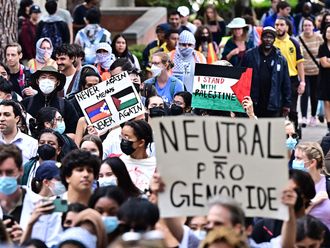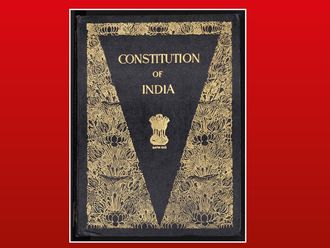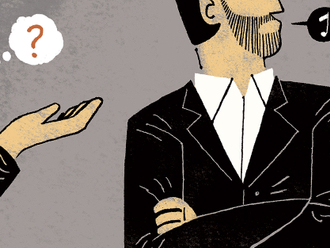
Twenty years after her death, visions of Diana are reappearing. These are not glimpses of a beatific saint. They are neither neat nor comfortable. Rather, they are full of indications that Diana was a difficult woman. One of the most difficult things about her was that she voiced her unhappiness sometimes in public. There was the famous Panorama interview, but there were also private tapes made with her voice coach, Peter Settelen, which are the basis of a Channel 4 documentary Diana: In Her Own Words.
Does it matter what she said all those years ago? Apparently it does, because there are those who feel these tapes were a form of therapy and should not be in the public domain. Diana’s friend Rosa Monckton expressed this view. Her brother, Earl Spencer, demanded that the programme be dropped as it would upset the princes. The princes themselves have said nothing, but have spoken movingly of what a great mother she was in the ITV documentary Diana, Our Mother: Her Life and Legacy. She was a naughty parent full of fun who wanted them to know life beyond the palace walls. Her ability to open up about private distress and relate to “civilians” is carried on through them. So her good works continue.
Yet when we get to hear Diana’s actual words, everything becomes more complex. She wasn’t simply a pretty young mother. She was trapped in two miserable institutions: one of marriage and one of the royal family in which she was visibly struggling.
She had only met Charles 13 times before they were engaged. She was both naive and manipulative even then, it seems. But also very funny. As the marriage became more and more miserable after five years she went sobbing to the “top lady” asking for advice about what to do. According to her, the queen just said: “I don’t know what you do.” She also talks of an affair with a bodyguard.
Is this scraping the barrel? Is there anything new here? Is this lowest-common-denominator TV, as it has been called? Or is it an important historical record? As so often with Diana it is all those things, but what is undeniable still is that Diana’s “presence”, her words, simple as they are, are disruptive of the royal narrative and cannot just be ignored. She wanted to be seen and heard and that was troublesome. She wanted to voice how unfairly she was treated by her husband and the entire “firm” — and that was seen by them as betrayal.
Her death made the family realise that they had to modernise — just enough — but also that they had to revert to bringing in marriage material that was not so explosive. Kate — photogenic, bland, almost mute — is a safe bet. Everyone loves the queen more than ever due to her sphinx-like qualities. The royals have recalibrated just enough to secure the unthinking consent they need to carry on.
Then Diana’s voice comes up again, demanding as she is. Demanding because she refused to accept her lot. When the bulimia no longer worked as a coping mechanism she became more vocal. She would speak her unhappiness. In doing so she revealed not only her own problems, but how alarming and cruel the protocols of the royal family remain.
Diana is still blamed, somehow, for the Dianafication — the open display of emotion — that unfolded after she died, and is said to have ruined our style of repressed, stiff-upper-lip grieving. But her legacy remains precisely to do with this rebellious openness, her refusal to shut up, her demand to be loved and to have some kind of life. Why is there still a need to shut her voice down, to sanitise the image of this turbulent woman? Twenty years on, how much of a threat can her talking of her marital unhappiness really be? And who does it threaten? I say let her speak.
— Guardian News & Media Ltd
Suzanne Moore is an award-winning columnist for the Guardian.








